Table of Contents
What really is White Mold?
White mold does not indicate any specific type of mold. As we know, mold is caused by fungus, and it varies in color from white to green to yellow to black. Many species of mold can show white color and can also change it over time. Mold species like Trichoderma, Acremonium, and Chaetomium can come in white color at some point in their lives. But not necessarily they remain white all the time.
Some molds are white because they don’t have any natural color characteristics known as pigmentation. So, they will remain white all though their life. Molds that have pigments will change color according to their stage of development.
Any mold can cause damage to life and property. Growing mold anywhere in the house is dangerous, as any mold is strongly liked to health hazards.
Is white mold toxic?
Like all types of mold, white mold is harmful and may cause your health risks. Their spores are airborne and microscopic, which makes them invisible to us. Many times we ignore them due to negligence resulting them in spreading more and more. Mold is toxic to health, harmful to property, and dangerous to every element it lands on.
Toxicity of white mold to health:
Mold many short and long term problems to our body. Different species of mold are responsible for various health issues. Such as, Chaetomium mold can cause rhinitis and other sorts of allergic problems. Trichoderma is linked to hepatic infections and prolonged coughing, as well as pneumonia. Acremonium poses risks to the lungs and many times, meningitis and nail infections.
Harmful effects of white mold on our property:
Mold can survive and grow in all indoor elements. There is no place in a house where mold cannot take hold of. From ceiling to basement, nothing is out of its grip. Where ever it finds moisture and dampness, its spores land there and takes full advantage of the friendly environment. Millions of dollars of household products turn into debris due to mold attack. Mold needs to be tackled timely to rescue our valuable items.
How to differentiate between white mold and efflorescence?
While encountering mold, sometimes we patch it up with efflorescence. As we found white mold and efflorescence both on concrete walls or basements, so we get confused. But both are wholly different things. They may look quite the same, but it’s straightforward to distinguish them.
Efflorescence is an outcome of the inside calcium salt in the concrete mix. When moisture or water gets into the wall and evaporates, it leaves a sign of white, chalky, powder type substance, which is efflorescence. It has no harmful or toxic effect on human health.
Efflorescence is easy to identify. Just sprinkle some water on the white substance and mop it with a cloth. Efflorescence will go within a second, but mold won’t.
Here are some common difference between efflorescence and mold
| Efflorescence | Mold |
| The outcome of moisture intrusion inside the wall | Result of fungus development on walls |
| Not harmful at all | Harmful to both human and property |
| Inorganic, nonliving | Organic, living organism |
| Does not grow | Grows with time |
| Can be found only on cement or brick walls | Can be found anywhere |
| Looks like powder or chalky | Looks like threaded or filamentous |
| Always appears in white color | Mold can be white, black, brown, greenish |
What causes white mold?
Unlike other molds, white mold is a combination of moisture, dampness, and darkness. These factors set the perfect environment for mold to grow along with the food source. A low light dark area with the right temperature triggers mold growth. On the other hand, events like pipe leakage, stagnant water on the floor, or flooding can also be responsible for mold.
Materials such as rich in starch or organic compound is a good food source for mold. Wooden elements, carpets, soil, damped walls, cotton, leather, etc. are potential places where mold multiplies. The ideal temperature for mold growth is 77 to 86 °F .
White Mold in Kitchen Cabinets
Kitchen is one of the places where mold can quickly spread and grow fast. It can grow inside the cabinets, on walls, and under the kitchen sink. Daily cooking and dishwashing activity quickly get moisture and humidity, which sets up a perfect environment for mold colonization.
As most kitchen cabinets are made of wood, the cabinets are prone to be molded due to the kitchen’s wetness nature. Unnoticing it may cause to even change the wardrobes depending on how bad the situation is.
White Mold under Basement
According to code and building experts, basement insulation is one of the most critical issues to fix before handing over homeowners. Improper insulation makes the basement cold, thus raising the humidity. All this moisture and darkness with entrapped air makes the basement vulnerable to mold and mildew.
Besides this, many unused, unimportant materials are kept in the basement, and we mostly forget to look over them for the year. If anything organic is there, mold is sure to happen.
Leaking pipes and flooded water is also responsible for mold in the basement.
White mold on ceiling:
Mold can happen on any ceiling. Bedroom, garage, washroom, or any ceiling where moisture intrusion is regular. Besides, empty rooms with leakage in roof or plumbing faulty and even access rainwater can soak moisture into the room and thus mold.
Leaked roofs or improper ventilation cause condensation of air in any place. Slowly and steadily, they get in and out the walls.
After a time, mold spores start to thrive in and grasp all through the surface.
The symptoms need to be early identified. There can be signs of watermark on the ceiling corner like reddish or black. Sometimes, we ignore them, thinking they may be signs of light heating. Stains like mold lingering on the ceiling can turn into a nightmare for homeowners.
White mold on furniture
Woods and furniture’s are more susceptible to white mold. Almost all types of wood are suitable for mold growth. Woods are organic, and they have microorganisms, dust, and dirt in them under the bark. They act as a food source for mold.
Anything made of wood, furniture, cupboards, cabinets, hardwood, and wardrobe can grow mold if we fail to address the moisture and humidity source that causes the mold.
White mold under crawl space:
Being a nonliving area, we don’t tend to visit crawl spaces until or unless we are forced to.
Despite having proper ventilation in the crawl space, it is susceptible to mold. Because, at night the temperature drops and the warm air becomes water droplets and thus moisture. As, there is already wood, so this makes crawl space more vulnerable to mold. Besides, if there is already debris and wetness due to any leakages, no one can hold mold growing there.
To keep the crawl space dry, certain measurements need to ensure. Also, proper inspection is necessary to identify other sources of moisture like holes, cracks, leakages etc. otherwise they will come back again.
Read the following article to know, how to remove mold from crawl space without being a professional. How To Kill Mold in Crawl Space-Best Mold Removal Tips
White fuzzy mold on carpet:
Mold on a carpet can grow in many ways. If mold spores land on any part of the carpet or under the padding, it will soon start to grow mold without notice. The most common reasons are prolonged water on the floor, flooding, improper wet cleaning, dampness, and high humidity environmental problems. Carpet in basements, below the ground level, and in dark areas are also prone to get mold.
If mold has already been in the house, like on the ceiling, walls, basement, then the carpet will also turn moldy if other places are not properly taken care of.
Is white mold dangerous?
Some may say, white mold is not as harmful as black, but we can firmly stand that all molds are toxic and detrimental to human health. Ignoring it is like ignoring a time bomb; sooner or later, it will blast to death. Even with slightly toxic mold, allergic symptoms are prevalent. The later you take a step against mold, the higher chance a prolonged sickness is waiting to happen.
All people do not suffer from mold to the full extent. Immunocompromised or weakened immune systems peoples are at a significant risk of mold exposure. Common problems of mold are irritation to the eye, nose, skin, and respiratory. Many suffer from skin rash, sneezing, sinus infection, allergy, and many other problems. Sometimes people get hospitalized for mold problems.
Fungal infection is on the rise over the past few years and has become a real healthcare concern. If homeowners face small scale mold, they are allowed to treat it by themselves with proper PPE; if mold attacks on a large scale, mold removal specialists or companies are highly recommended.
White Mold Identification
Very few mold species are white, and they change color as they become mature. The identification of white mold can sometimes be tricky if it grows on a white wall or white clothes. It is a powdery film and gets mixed with the surface. It carries a musty smell and grows on many household materials, making a colony. With naked eyes and a close look at the mold, you will find a fiber-like structure threaded and visible to be identified.
Otherwise, if you are not sure, many mold removal companies can do it for you and remove them for you. But it may cost a lot, ranging from 500 USD to 3000 USD.
Test for white mold
Let professionals do a mold inspection if any family member has a severe allergy like a burning throat or respiratory problem. If you are confused about mold or efflorescence, then above mentioned water test would do.
Mold test in the laboratory is done by taking an ample amount of mold from the infected place as a sample.
Warning: Often, air mold is detected due to the outdoor mold presence, which takes us to a wrong conclusion. Our recommendation is to call a mold inspector when you see a fair amount of white patches, mold colony at any part or material of your house.
What does white mold look like?
White mold is generally a patchy white structure, spreading on surfaces, may or may not be visible to naked eyes. It is squishy and crumbly by touching appearance.
It seemed to be soft white spots on materials ranging from clothes to wood, food, wall name anything.
White mold is generally a patchy white structure, spreading on surfaces, may or may not be visible to naked eyes. It is squishy and crumbly by touching appearance. It seemed to be soft white spots on materials ranging from clothes to wood, food, wall name anything.
Its microscopic structure is filamentous. Mold inherit the nature of slimy algae and make mesh-like filaments under its favorable condition.
Pictures of white mold
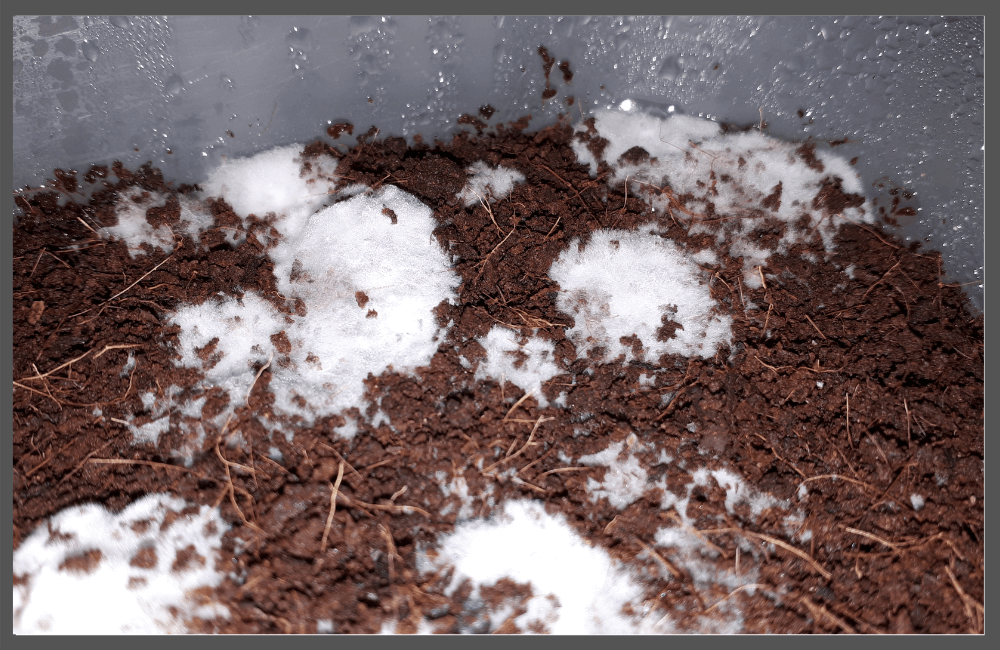
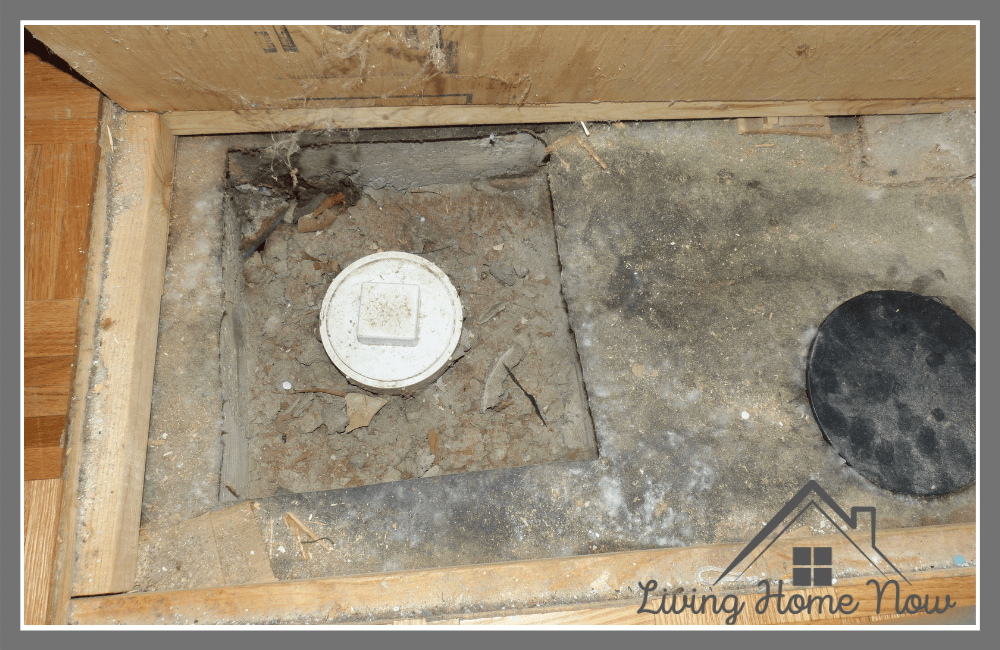

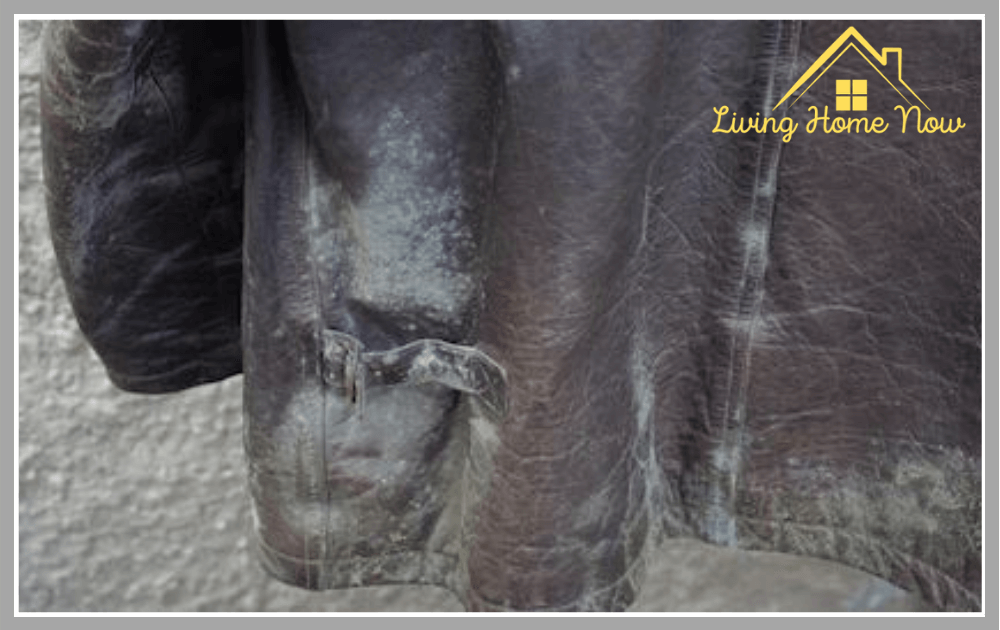
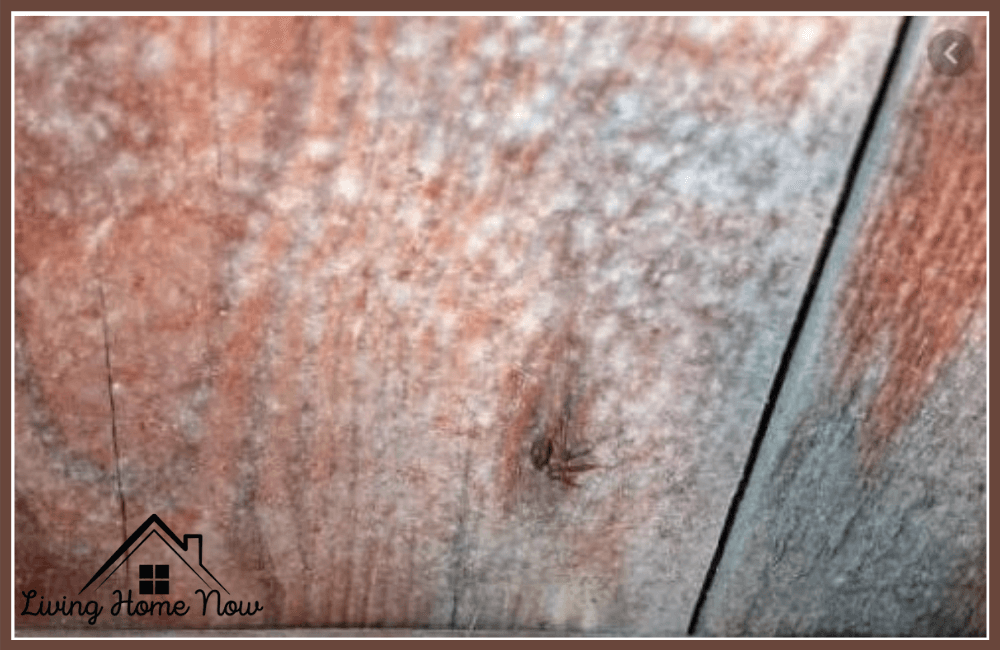
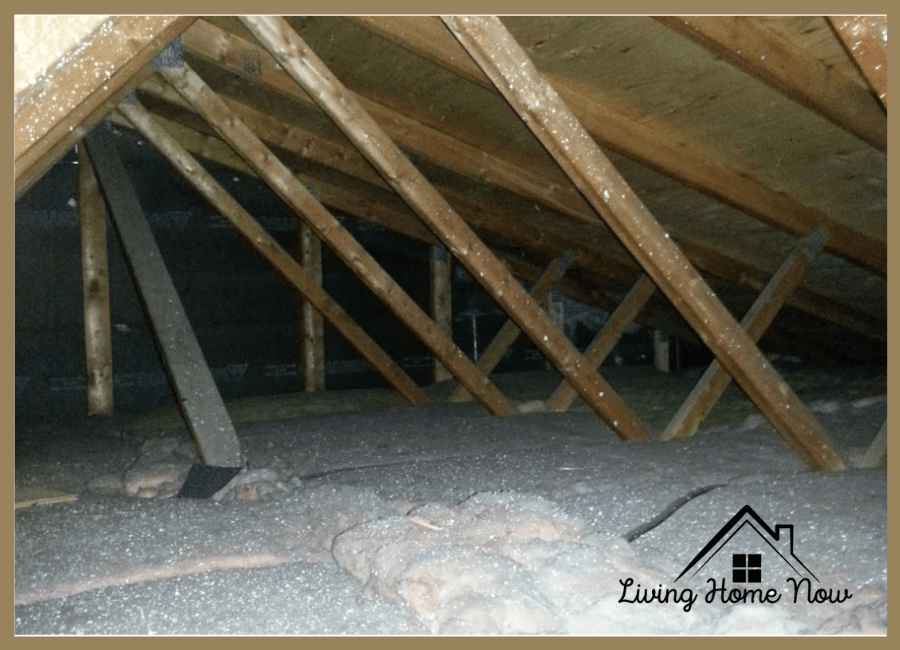
Treating white mold
To remove mold at home, first, proper safety measurements need to be ensured. All PPE equipment needs to put on before one takes mold on its own as he/she gets exposed to the fungus. If the mold has spread in a larger area, it is not recommended to do it without an expert’s opinion.
There are many mold removing agents that are available in the market, especially for mold removal. They come with a hand manual about how to use it the right way.
The homemade recipe for mold removing solution is, making a solution of 50% ammonia (NH3) and clean water in a bottle and spraying it on the affected surface. Ammonia kills mold to the microscopic levels and destroys the harmful mycotoxin that mold spores release from it.
Vinegar is also a good mold removing disinfectant that can be used as a sprayer on the mold infected surface.
Getting rid of mold from the source is vital, as it comes back again and again. Surface mold may disappear with regular detergent or spray, but cutting the mold from its origin should be the primary objective. Making sure no mold spores are active is necessary.
People suffering from allergy, breathing problems, and respiratory disease are warned not to take part in any mold removal or remediation activity as mold is prone to weekend immune patients and cause a prolonged disease due to this.
How to prevent white mold
As we know what white mold is and how much damage it can do, so it is best to know how can we prevent it before it starts to develop. If mold is not controlled or prevented, it can become a real health issue and not only add clean up, pest control cost but also add medical bills.
Humidity: Your home’s humidity level is one of the concerns for mold growing. It grows best in a humid environment. The humidity level must be below 60% to stop mold formation in the house.
Moisture: Without proper ventilation, the air in the house gets entrapped and creates moisture. Reducing the moisture with the help of a dehumidifier is one of the best solutions.
Water leakage: Any water leakage pipe inside walls, on rooftops basement, will trigger mold sooner or later. Repairing those leakages is a must done work.
Rotten foods: Many times, we keep the food in such a place that we forget to eat those! And after a few days when we discover it, Alas! We are done by mold. So, keep foods at a place where the is plenty of light and air circulation as well as visible.
Damp wood: Damp woods in the basements or storeroom is good food for mold. Make sure there isn’t any of these wood or furniture rich in cellulose to thrive the mold.
Flooding: Stagnant water on floor or roof can invade mold out of nowhere. After a heavy rain, water gets struck and this intricate mold growing on the carpet, floor, basement, roof etc. Everything gets wet and needs to be clean and soaked up completely.
Final words:
Making the necessary steps to prevent white mold is the ultimate solution. Neglecting it can make life cumbersome. Getting rid of the source that might trigger it in the first place is first and foremost. If it isn’t taken care with the highest priority, soon it will explode to the fullest. Making it enervate is never a solution, thinking that it may have gone by. But big no, it will come again and again, as the spores can endure in the air for a long time before it finds some food and moisture to
Also read,
